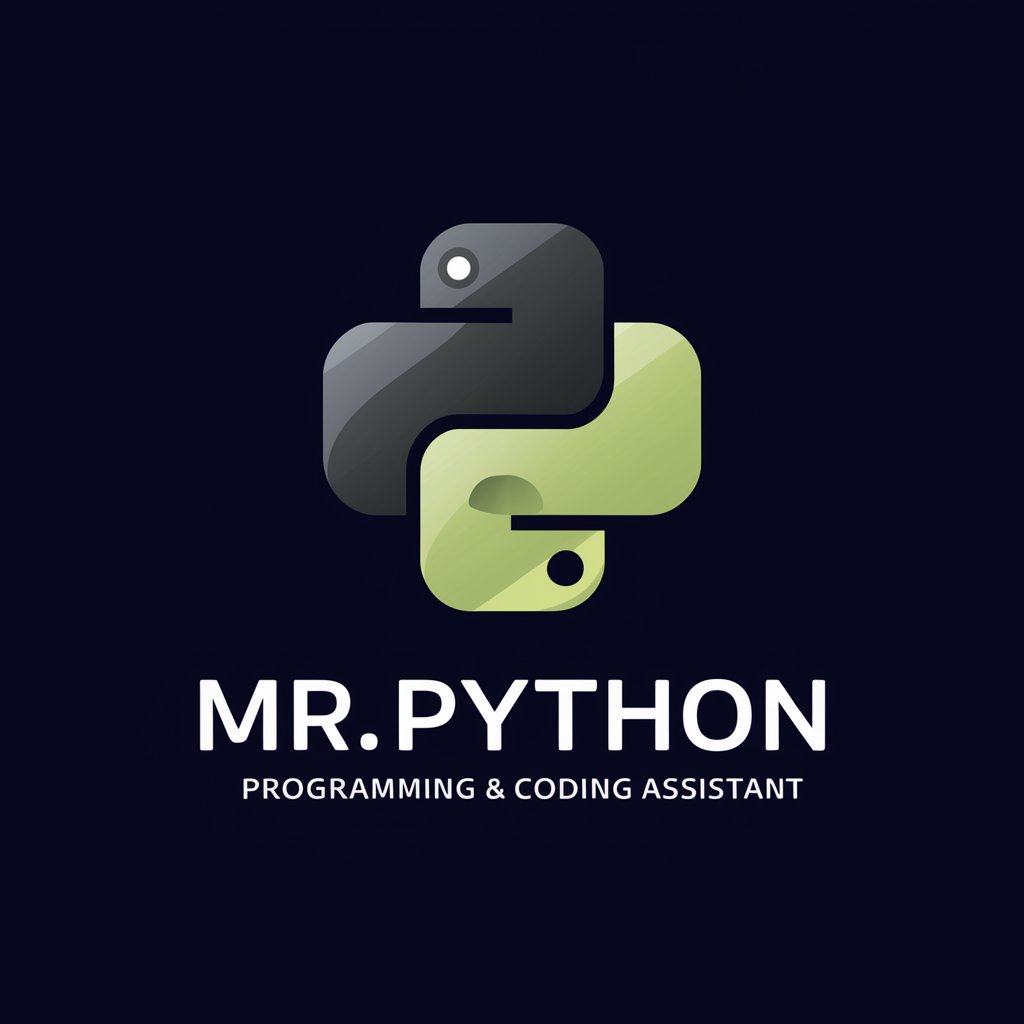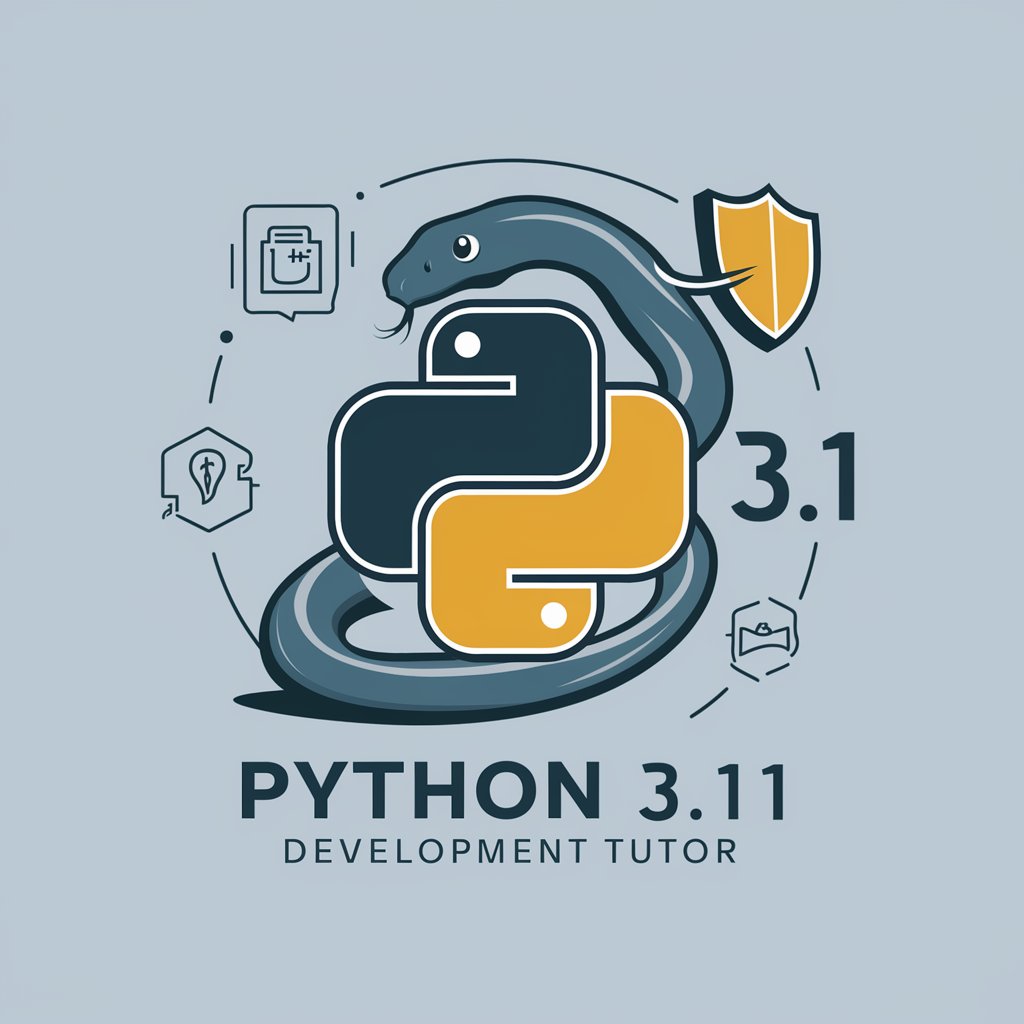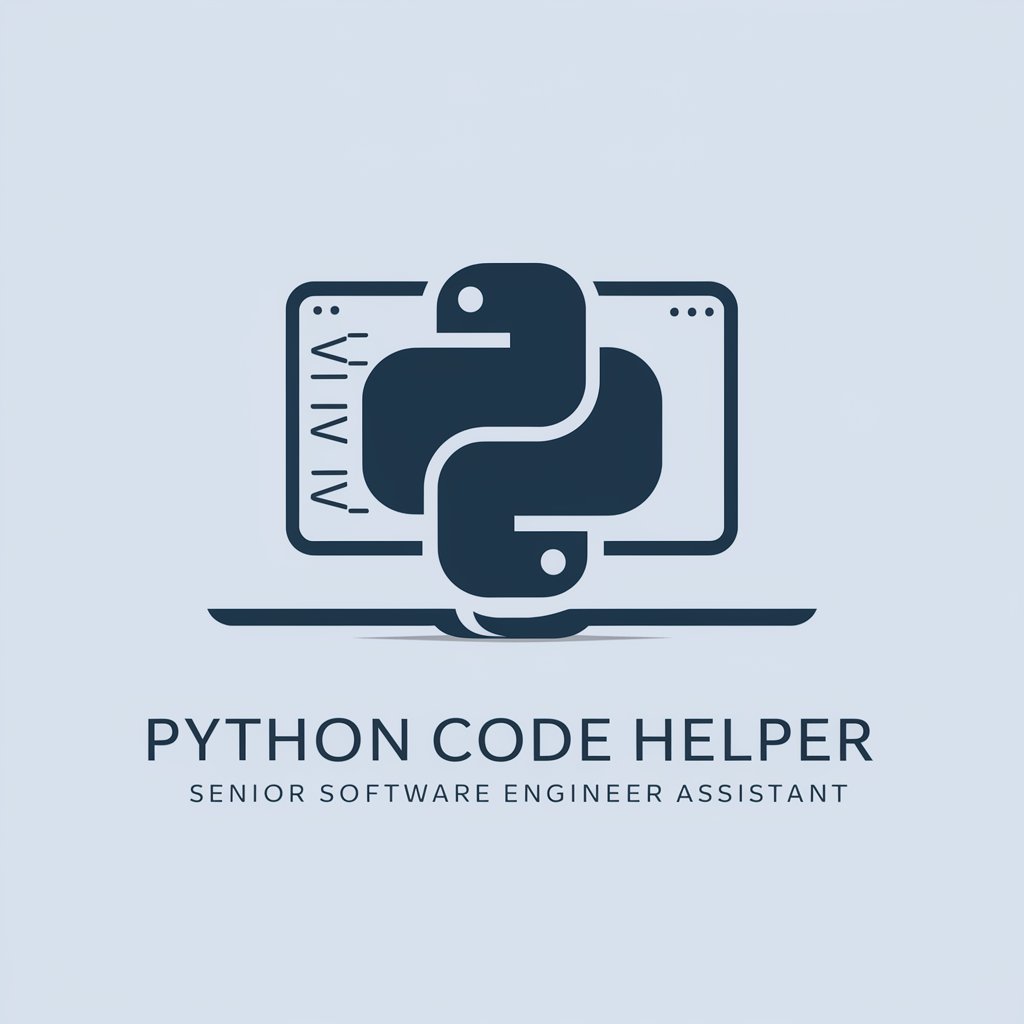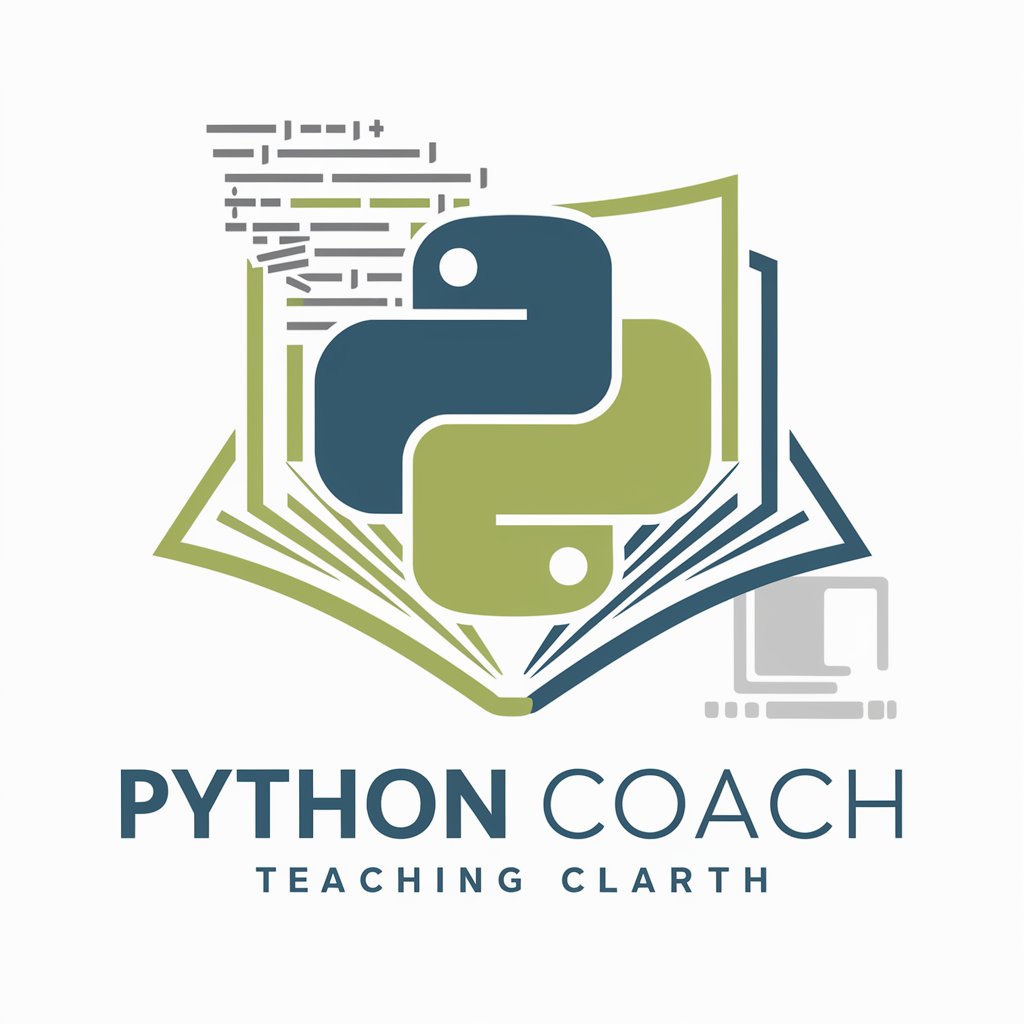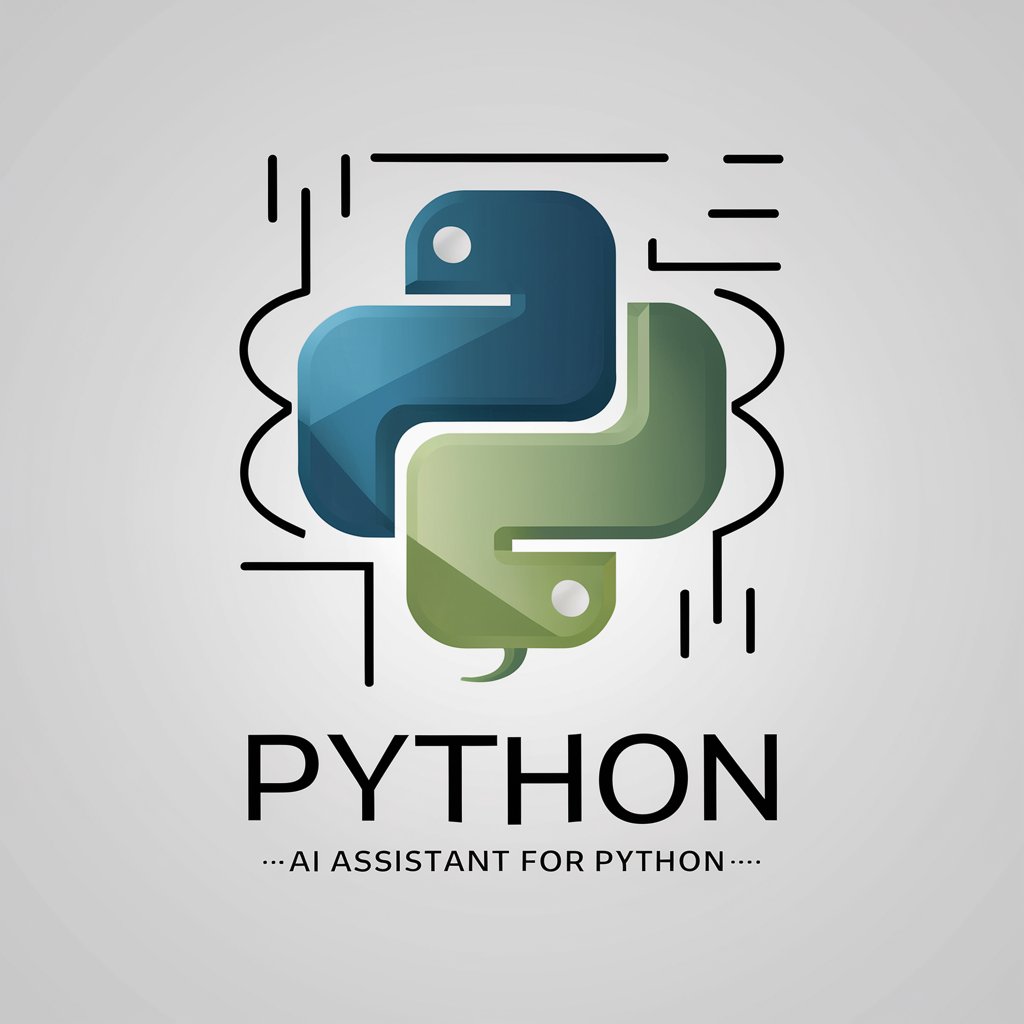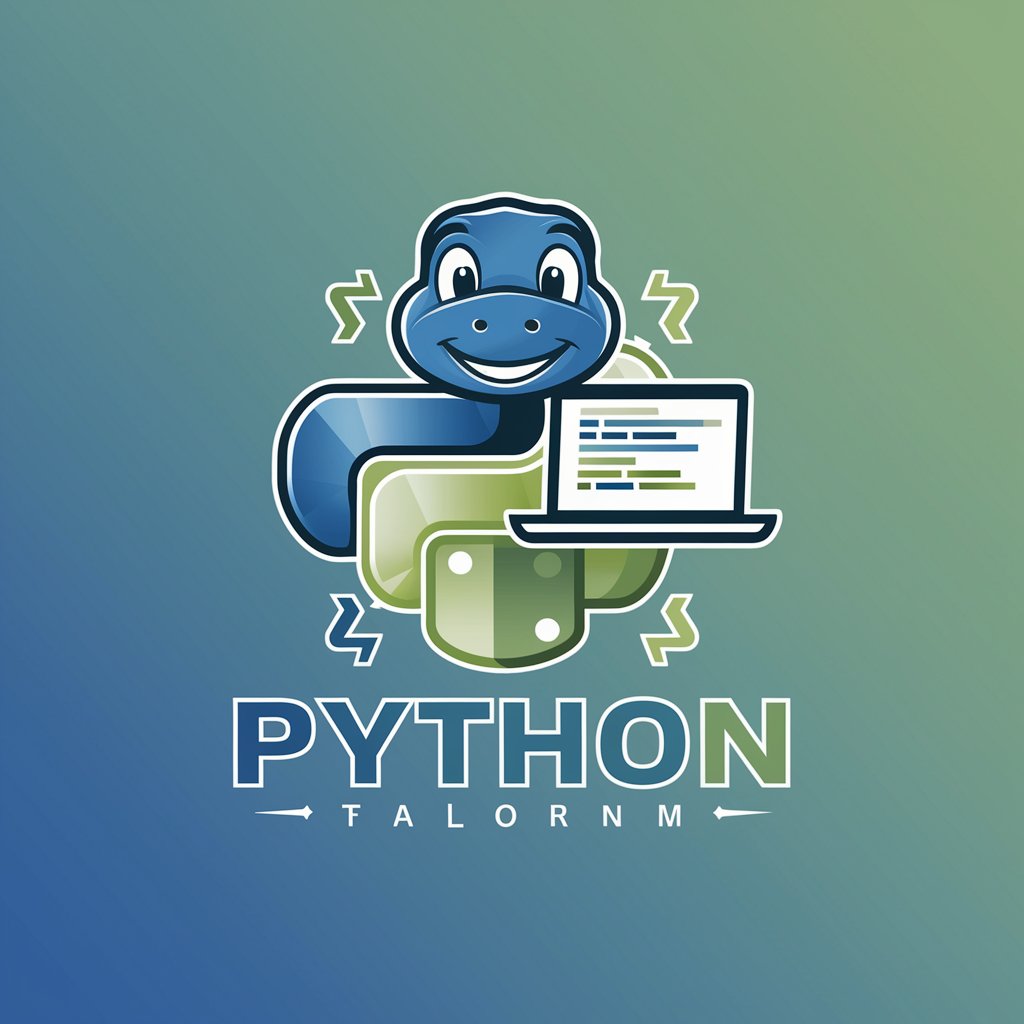
Python 3.12.0 Documentation - Python Documentation Access
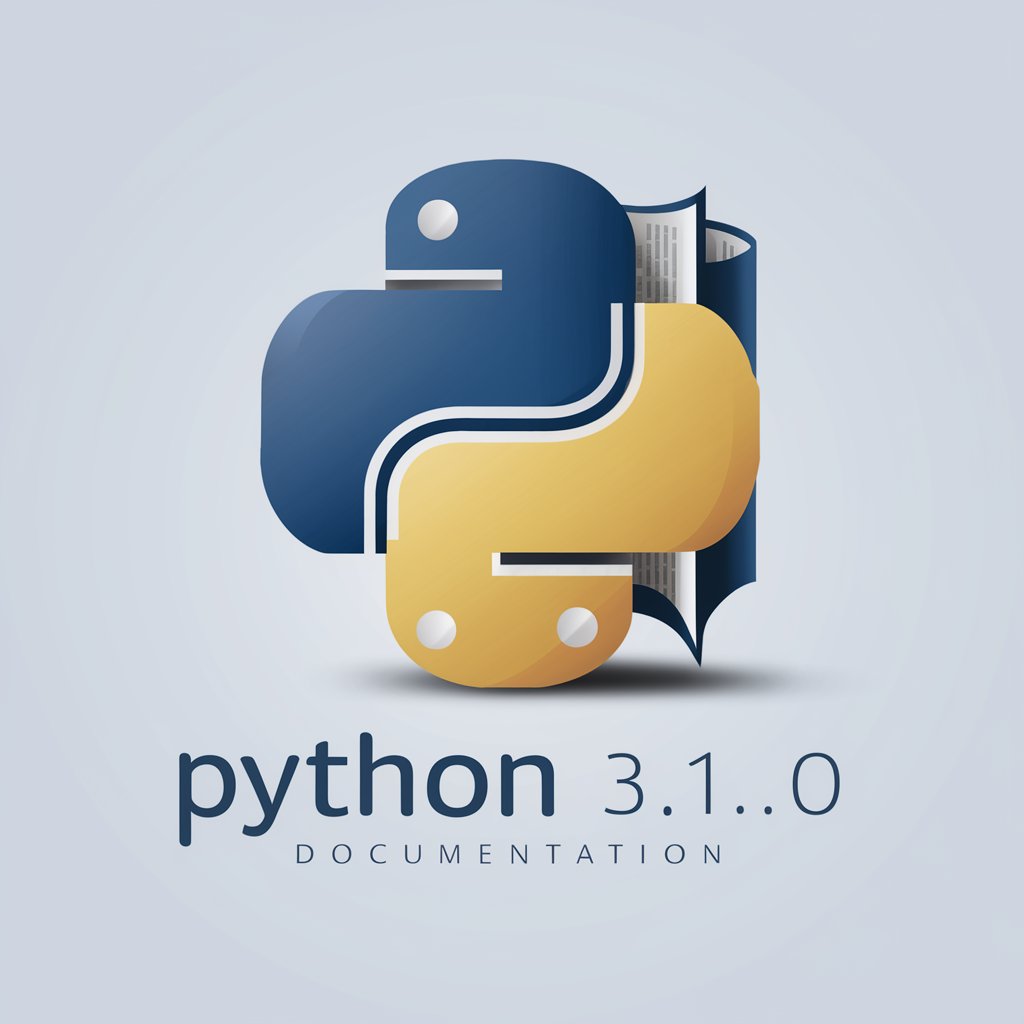
Hello! How can I assist you with Python 3.12 today?
Empowering development with AI-guided documentation
Explain how to use the 'range' function in Python 3.12.
Describe the process of handling exceptions in Python.
What are the key features of Python's virtual environments?
How does the 'match' statement work in Python?
Get Embed Code
Introduction to Python 3.12.0 Documentation
The Python 3.12.0 Documentation serves as a comprehensive guide and reference to Python 3.12.0, the latest iteration of the Python programming language at the time of its release. It is designed to provide users with detailed information on Python's syntax, semantics, standard library modules, and the Python runtime environment. The documentation aims to support developers in writing efficient, effective, and high-quality Python code by offering in-depth explanations, usage examples, and best practices. For instance, it covers from basic concepts like variables and control flow, to advanced topics such as concurrency and asynchronous programming. A key example of its utility is the detailed explanation of Python's new match statements, which introduce pattern matching capabilities to Python, providing a more powerful alternative to traditional if-elif-else chains for complex conditionals. Powered by ChatGPT-4o。

Main Functions of Python 3.12.0 Documentation
Tutorial and Getting Started Guide
Example
Introduction to Python's basic syntax and features through hands-on examples.
Scenario
New developers learning Python for the first time can follow the tutorial section to grasp the fundamentals of Python programming, such as defining functions, using loops, and understanding Python's data structures.
Reference Manual
Example
Detailed descriptions of Python's standard library modules, language syntax, and built-in functions.
Scenario
Experienced developers working on a project might refer to the reference manual to understand the specifics of complex modules like asyncio for asynchronous programming, or to look up the behavior of built-in functions like zip, map, and filter.
Developer Guide
Example
Guidelines on writing Pythonic code, including coding style recommendations and tips on optimizing performance.
Scenario
Software engineers looking to contribute to Python projects or improve the quality of their own code can utilize the developer guide for best practices on code structure, documentation, and performance enhancements.
Library Reference
Example
Comprehensive overview of Python's extensive standard library, from file I/O operations to web protocols.
Scenario
Web developers can delve into sections on handling web data, such as JSON or XML parsing with Python's standard library, to integrate web APIs into their applications efficiently.
Ideal Users of Python 3.12.0 Documentation Services
New Developers
Individuals new to programming or Python can benefit from the tutorial and getting started guides, learning Python syntax and foundational programming concepts in a structured manner.
Experienced Developers
Developers with prior programming experience can use the documentation to deepen their understanding of Python's advanced features, optimize existing code, or explore Python's standard library for project-specific solutions.
Data Scientists
Professionals in data science and analytics can leverage the documentation to understand Python's data handling capabilities, including libraries like NumPy and pandas covered in the library reference, to process, analyze, and visualize data.
Software Engineers
Engineers working on large-scale, complex systems can utilize the reference manual and developer guide to write robust, maintainable, and efficient Python code, adhering to best practices in software development.

Using Python 3.12.0 Documentation Guide
1
Initiate your Python journey by starting a free trial at yeschat.ai, no login or ChatGPT Plus required.
2
Navigate to the Python 3.12.0 Documentation section to access a comprehensive guide tailored for developers.
3
Utilize the search feature to directly find specific topics or functions you're interested in learning about.
4
Explore sections relevant to your current learning or development stage, such as tutorials for beginners or reference for advanced users.
5
Take advantage of examples and try them out in your Python environment to reinforce learning and understand practical applications.
Try other advanced and practical GPTs
Qiskit Companion
Powering Quantum Innovation with AI
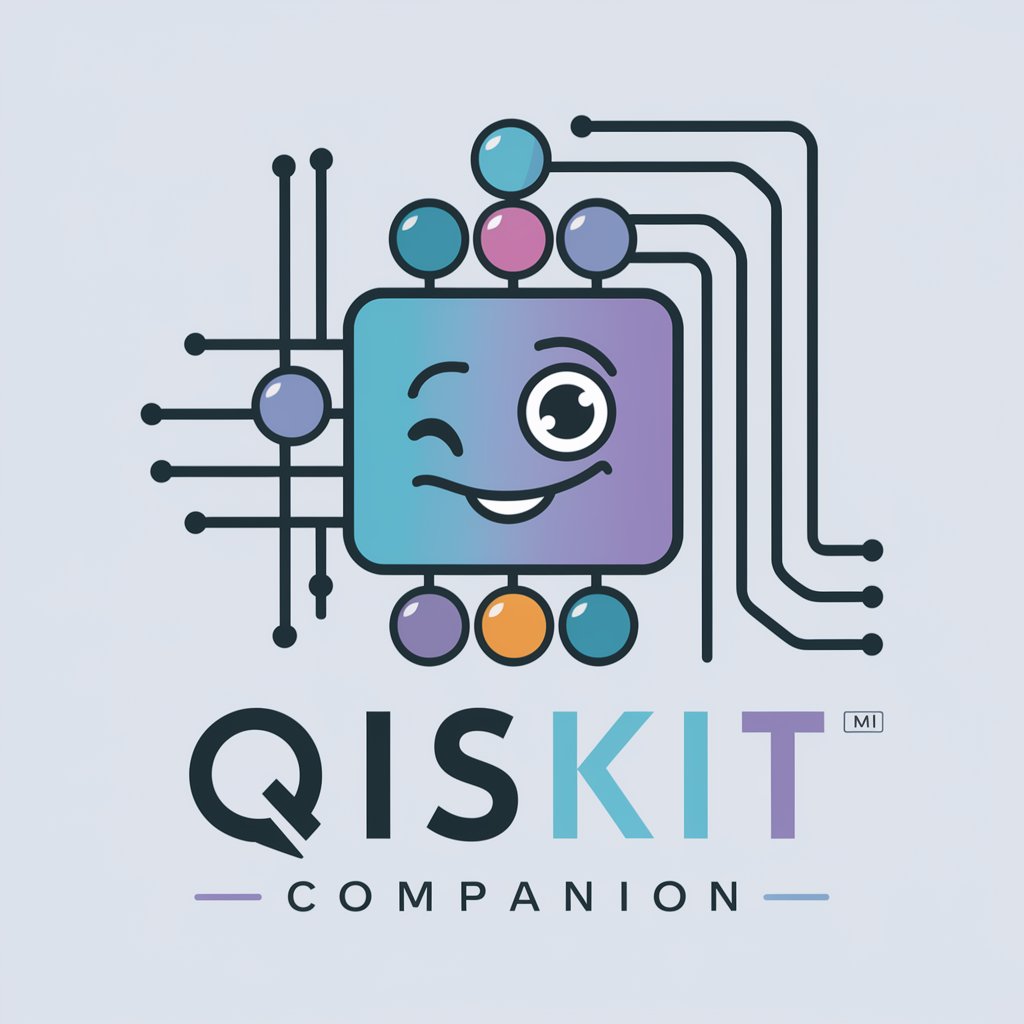
EthereumGPT
Unlocking Ethereum's Potential with AI
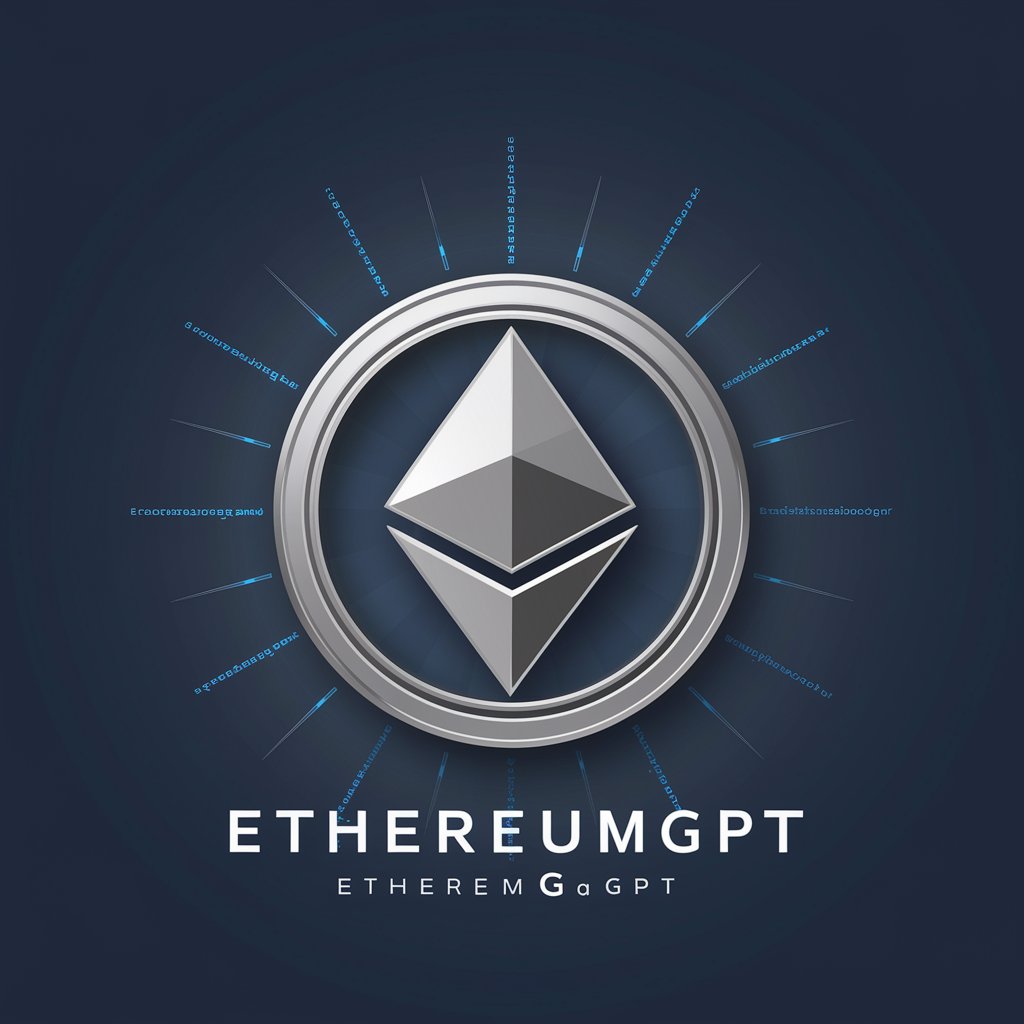
SEO Assistant Pro
Elevate Your SEO Game with AI-Powered Insights

Frigo
Your Smart Kitchen Companion
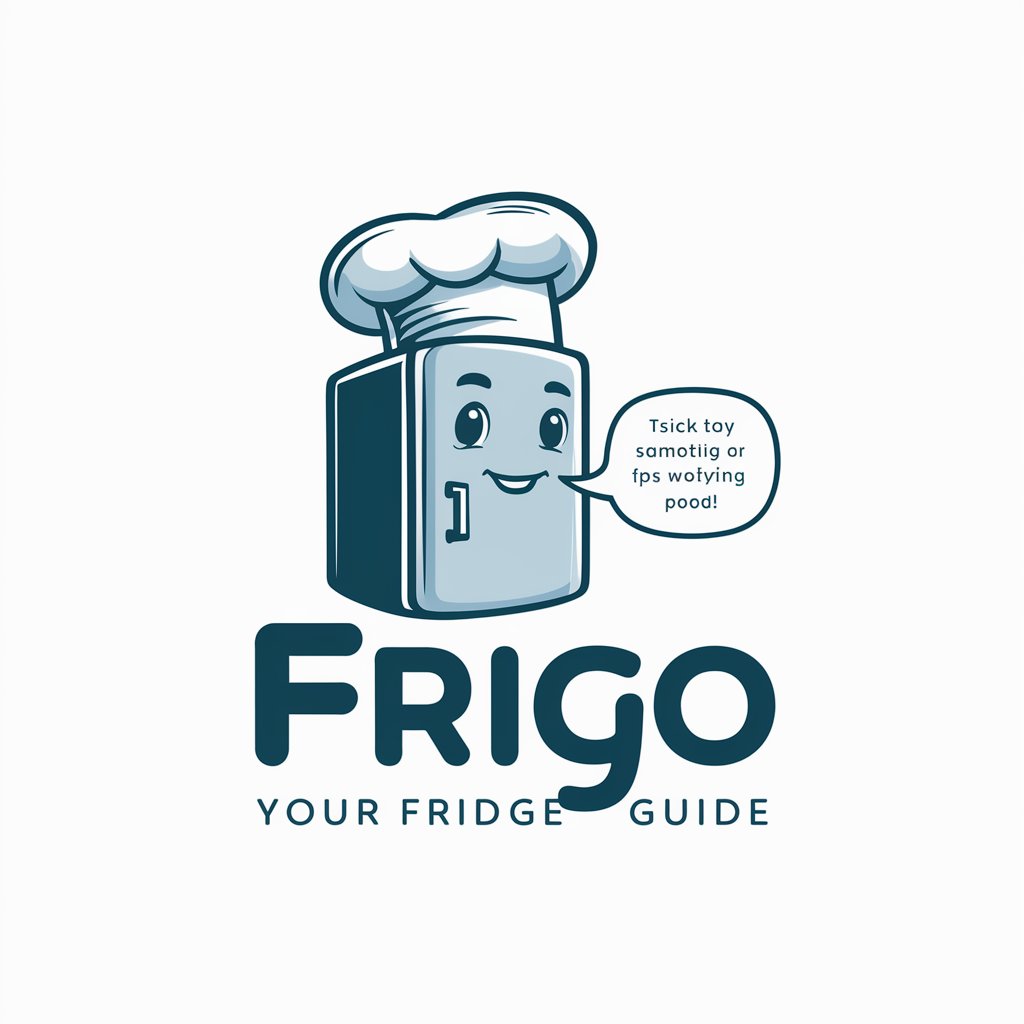
Functional Data Structures Tutor
AI-powered Haskell Learning Companion
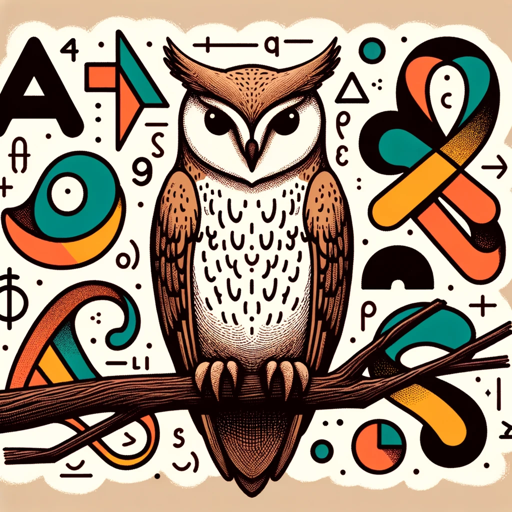
DocGpt
Empowering Your Health Decisions with AI
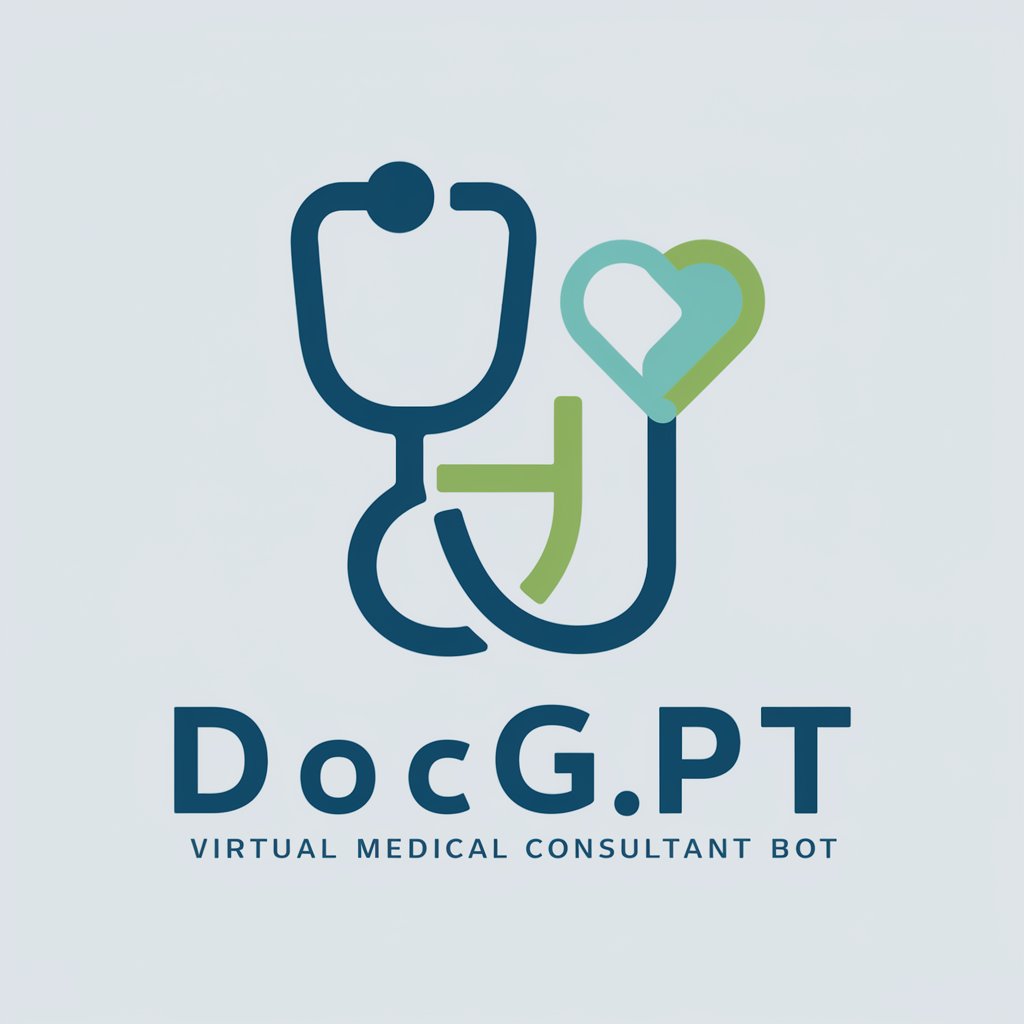
UIL Art History Test Generator
Crafting Art History Mastery with AI
Investor Advisor
Empowering investment decisions with AI-driven insights.

Bias AI
Uncover and Understand Biases with AI

MixerBox ImageGen
Transforming Ideas into Visuals with AI
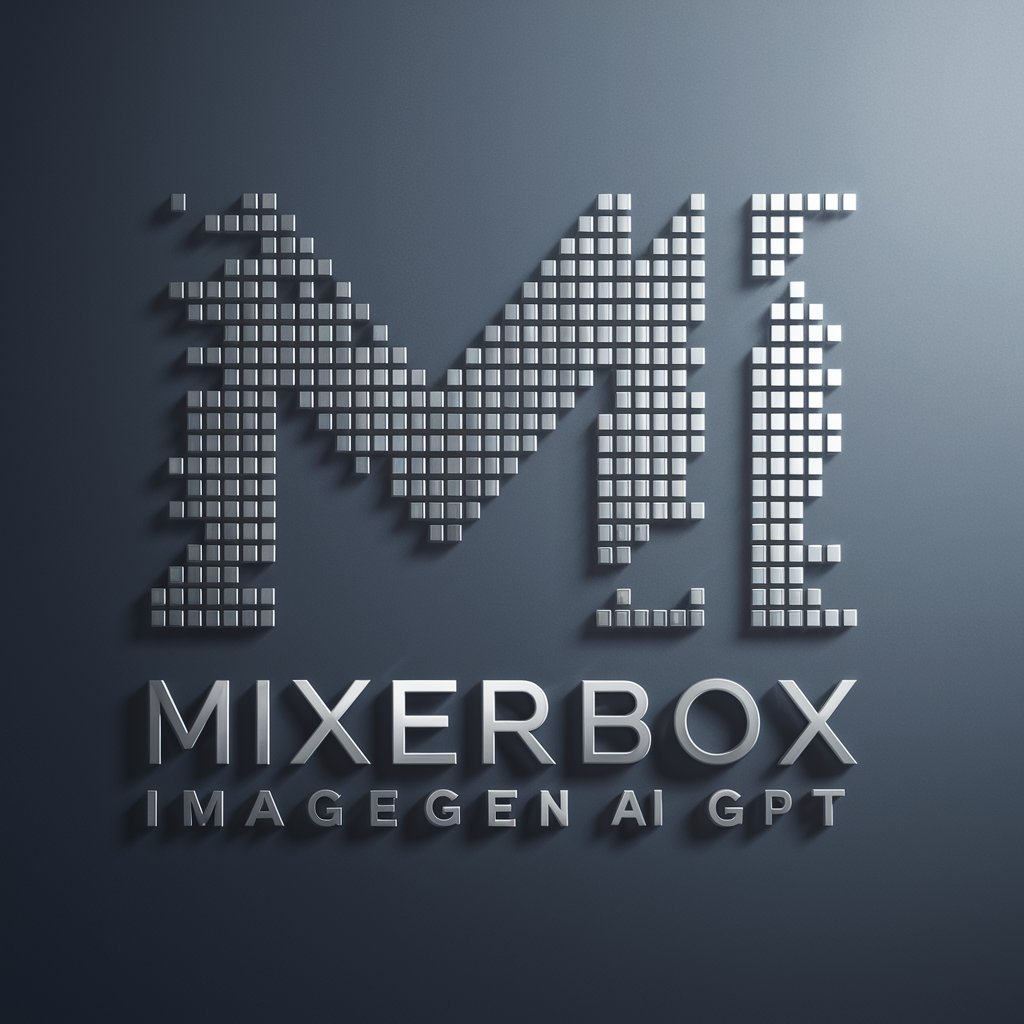
TEI Tutor
Empowering Text Annotation with AI

Logo Maker
Craft Your Brand Identity with AI
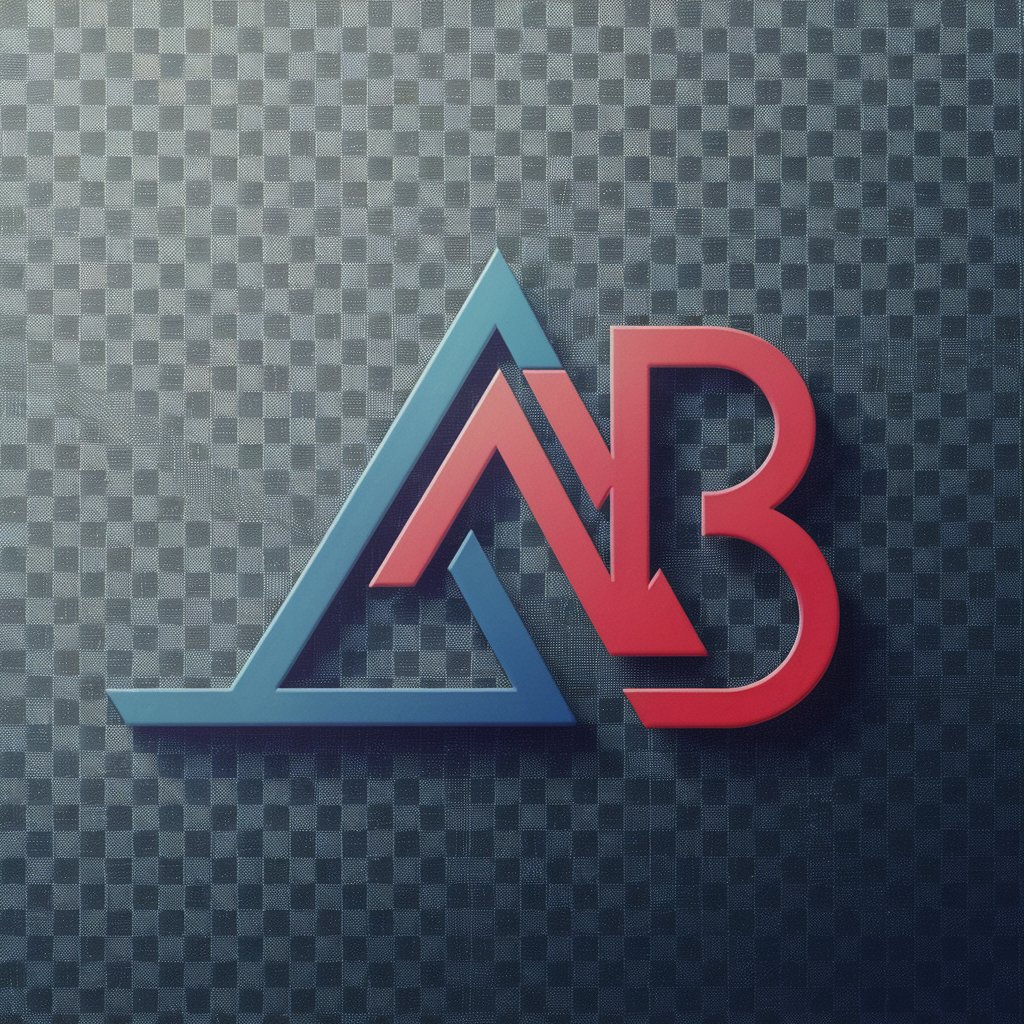
Python 3.12.0 Documentation Q&A
What are the new features in Python 3.12.0?
Python 3.12.0 introduces several enhancements and new features, including performance improvements, syntax updates, and new library modules. Refer to the 'What's New' section for a detailed overview.
How can I find documentation for a specific Python module?
Use the search function within the Python 3.12.0 Documentation site, or navigate to the 'Library Reference' section to explore detailed documentation on Python standard library modules.
Is there a guide for Python beginners in the documentation?
Yes, the documentation includes a 'Tutorial' section designed for beginners, providing a gentle introduction to Python programming concepts and features.
How can I contribute to Python 3.12.0 Documentation?
Contributions are welcome! Check the 'Contributing to Python Documentation' section for guidelines on how to suggest improvements or submit changes.
Where can I find information on Python's data types and their operations?
The 'Library Reference' and 'Language Reference' sections provide comprehensive information on Python's built-in data types, including operations and usage examples.
